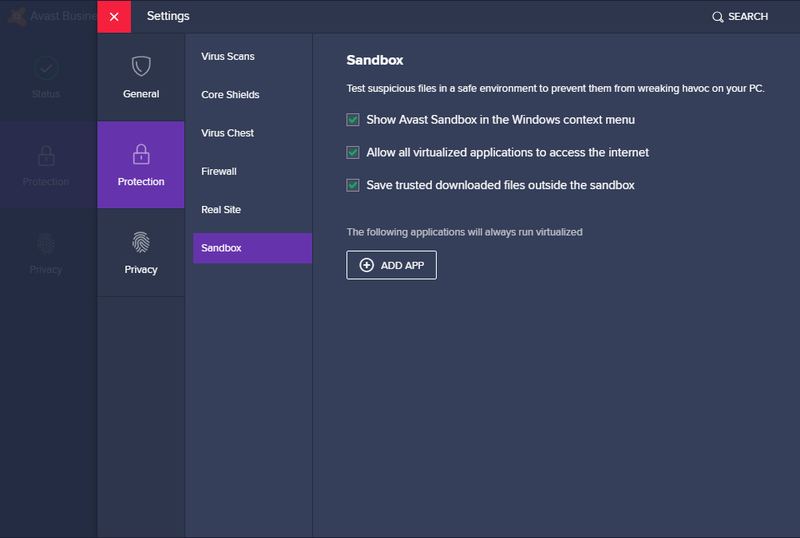
Blacklists are records of email addresses or Internet Protocol (IP) addresses that have been previously used to send spam. This popular spam-filtering method attempts to stop unwanted email by blocking messages from a preset list of senders that you or your organization’s system administrator create. List-based filters attempt to stop spam by categorizing senders as spammers or trusted users, and blocking or allowing their messages accordingly.

You may find it helpful to print this article and circle methods that interest you with a pen that way, when you actually start to research particular products, you'll have a shortlist of desired filtering techniques. Consider factors such as the scope of your current spam problem and how much work users at your nonprofit are willing to do to stop unwanted email. To help you in your research, we'll explain how 10 popular anti-spam methods work and briefly outline some of their pros and cons.Īs you read the descriptions of the spam-filtering methods below, start thinking about which techniques you want - or don't want - your anti-spam application to use. Whether your nonprofit plans to implement its first anti-spam solution or simply seeks a more effective application than the one you currently use, familiarizing yourself with common anti-spam methods can help you decide which products to investigate more closely.

And while some spam-filtering methods are completely transparent to both the sender and recipient, others require some degree of user interaction. Other spam-filtering techniques simply block all email transmissions from known spammers or only allow email from certain senders. But just because anti-spam programs are designed to do the same job doesn't mean they all go about it in the same way.įor instance, some spam-filtering methods run a series of checks on each message to determine the likelihood that it is spam. Anti-spam applications typically use one or more filtering methods to identify spam and stop it from reaching a user's inbox. Although preventing tenacious spammers from sending junk mail may never be possible, installing an anti-spam application on your organization's mail server or individual computers can vastly reduce the amount of spam your staffers have to deal with. Experts and anti-spam services tend to peg the rate of spam at anywhere from 50 to 90 percent of all emails on the Internet.


 0 kommentar(er)
0 kommentar(er)
